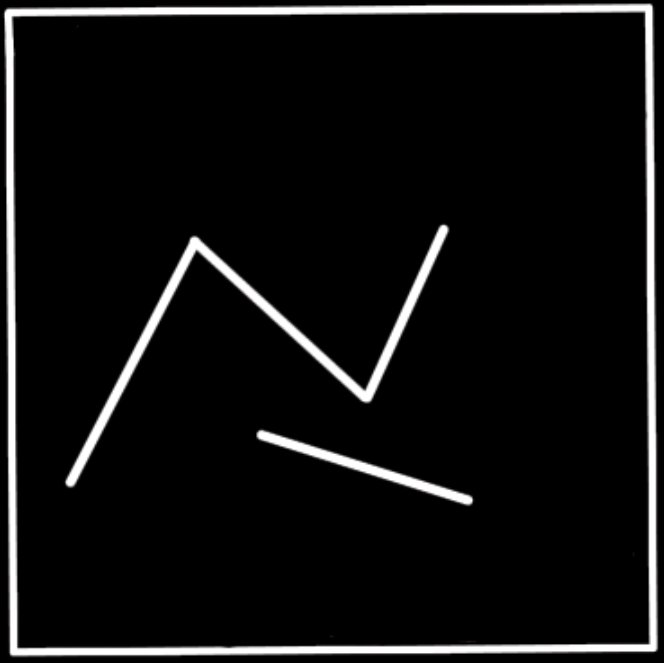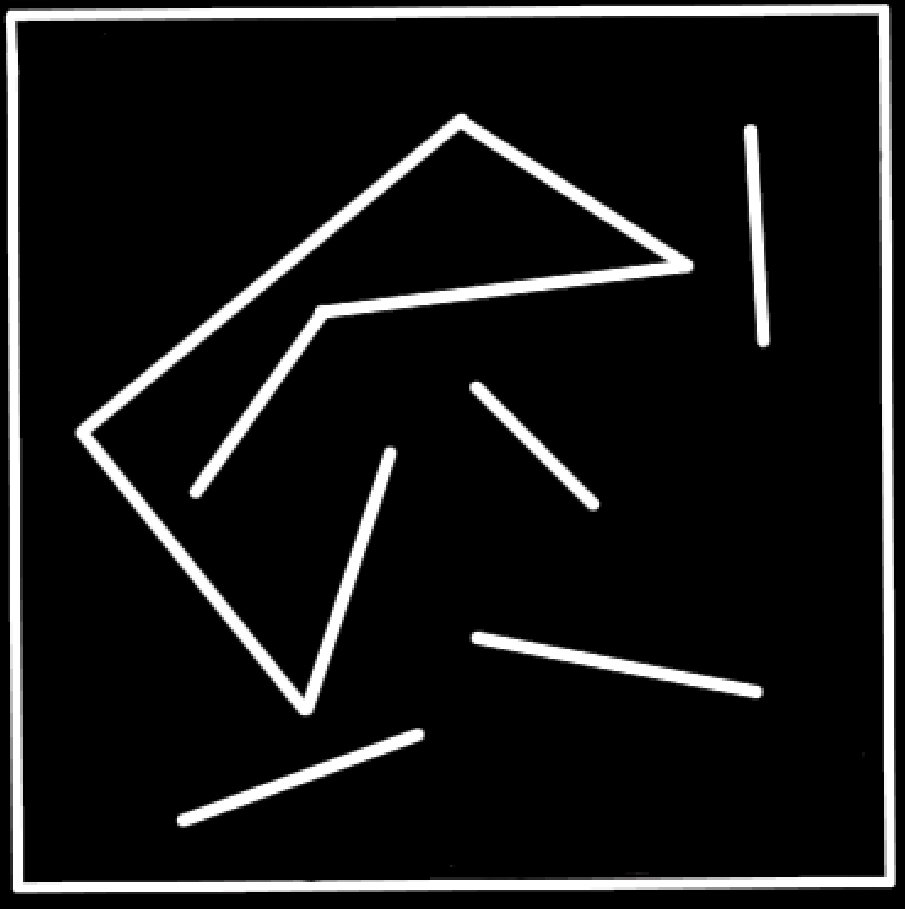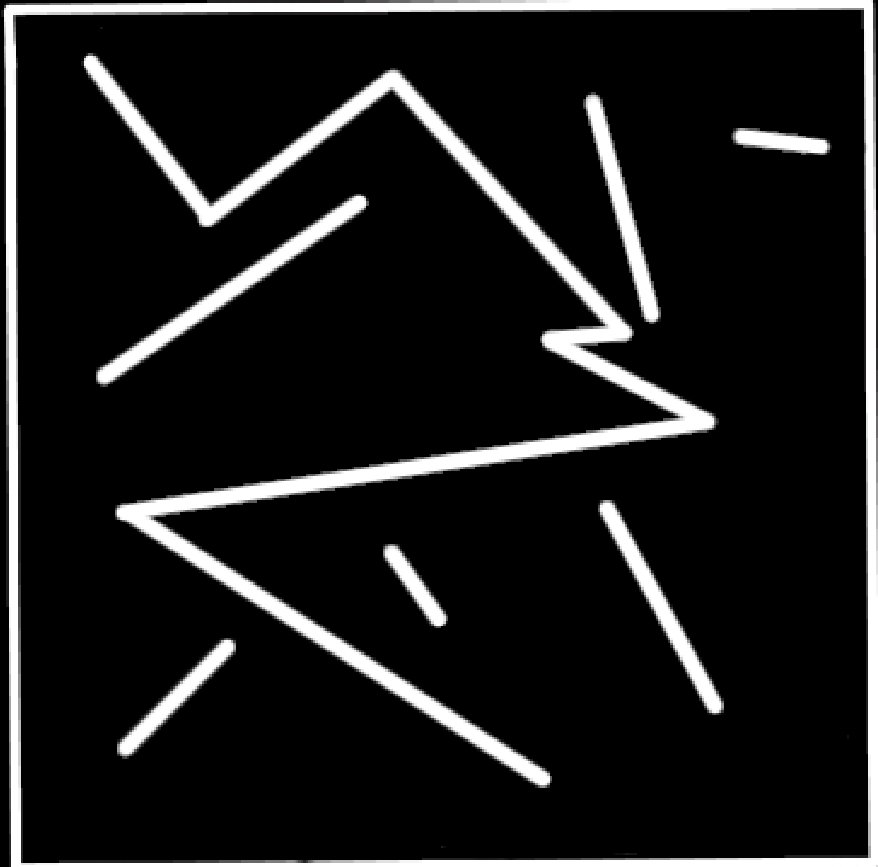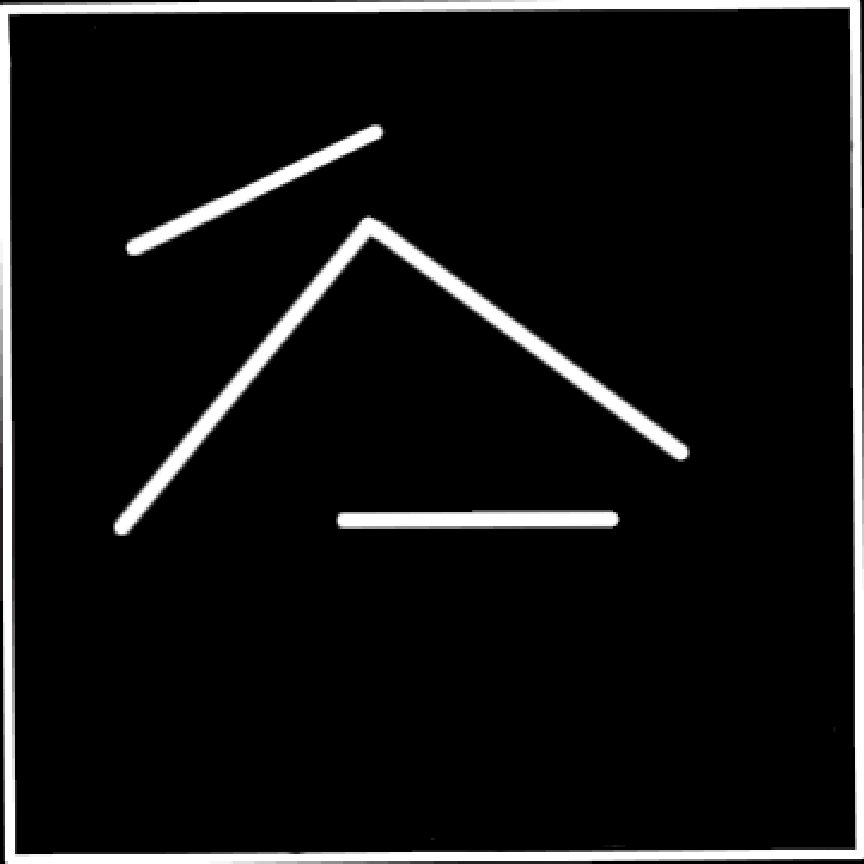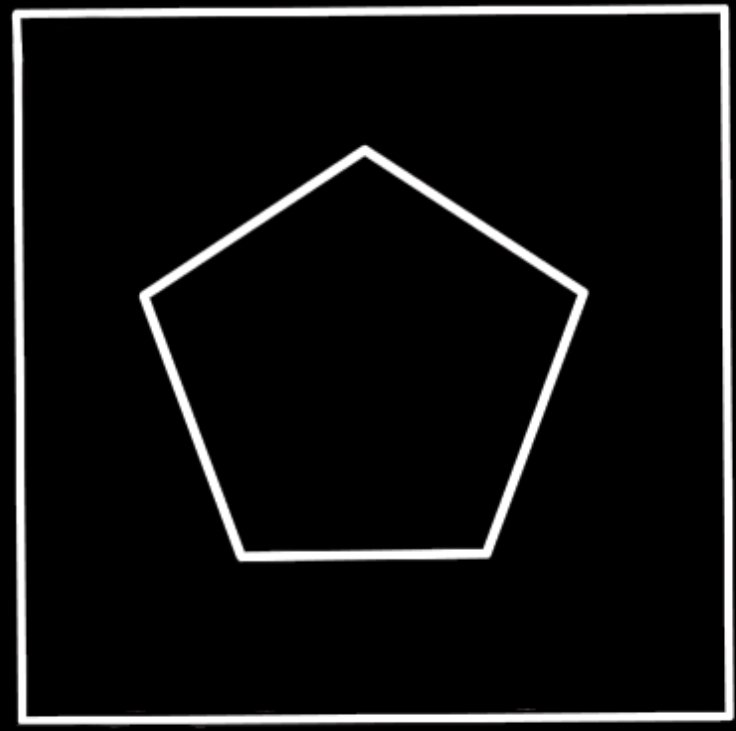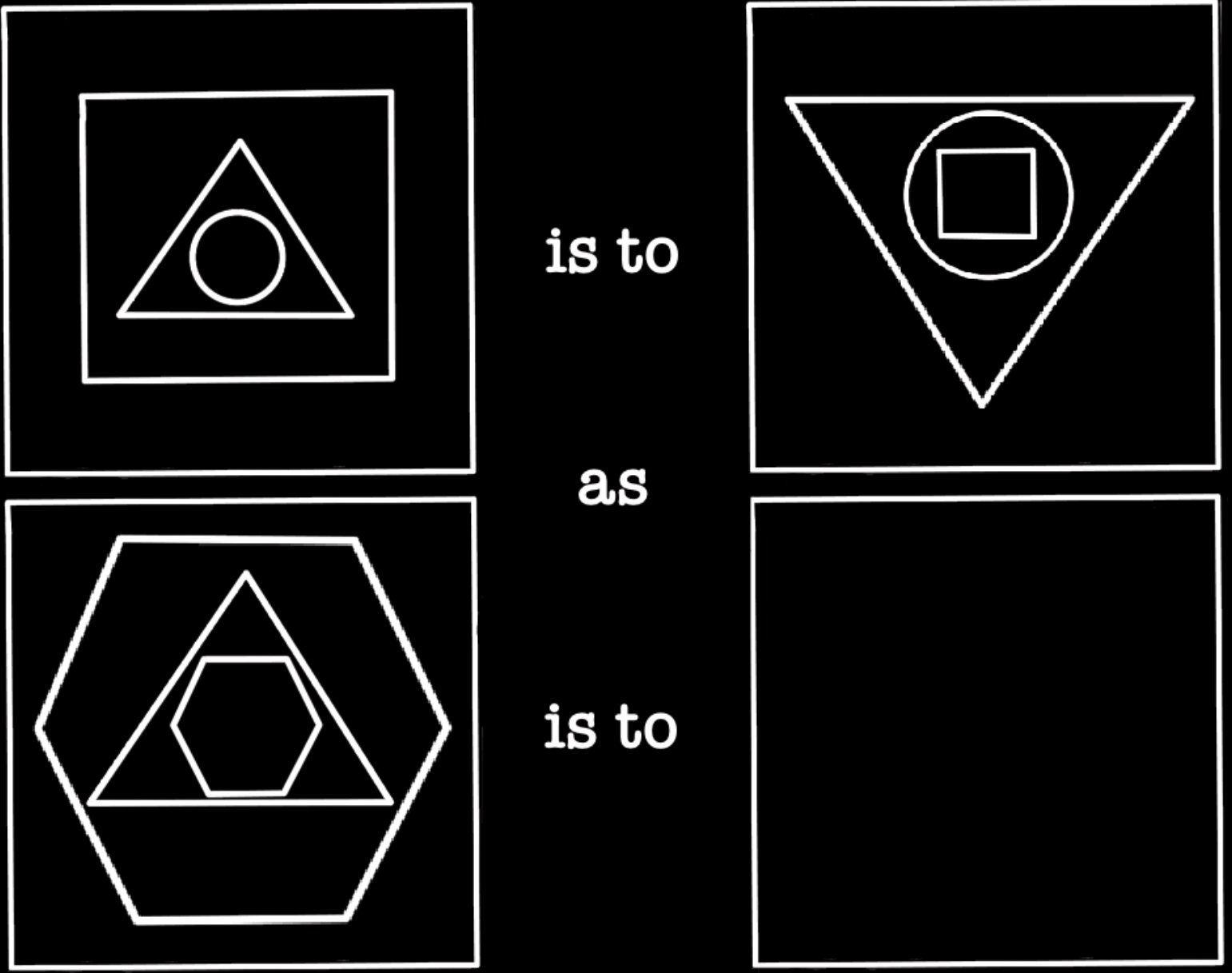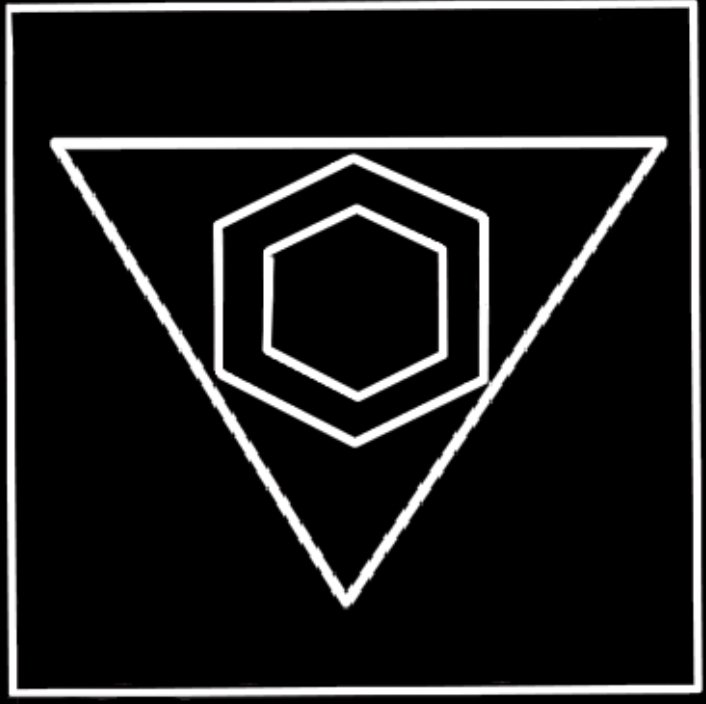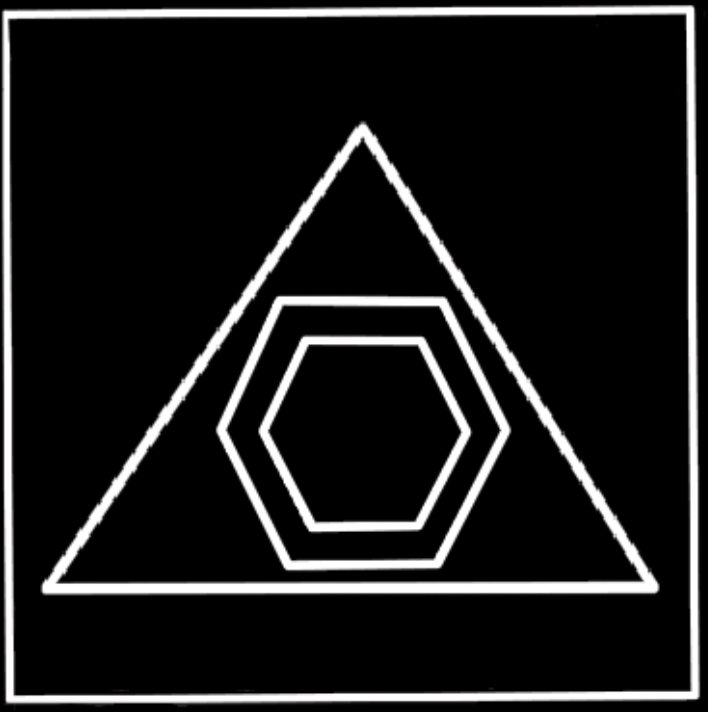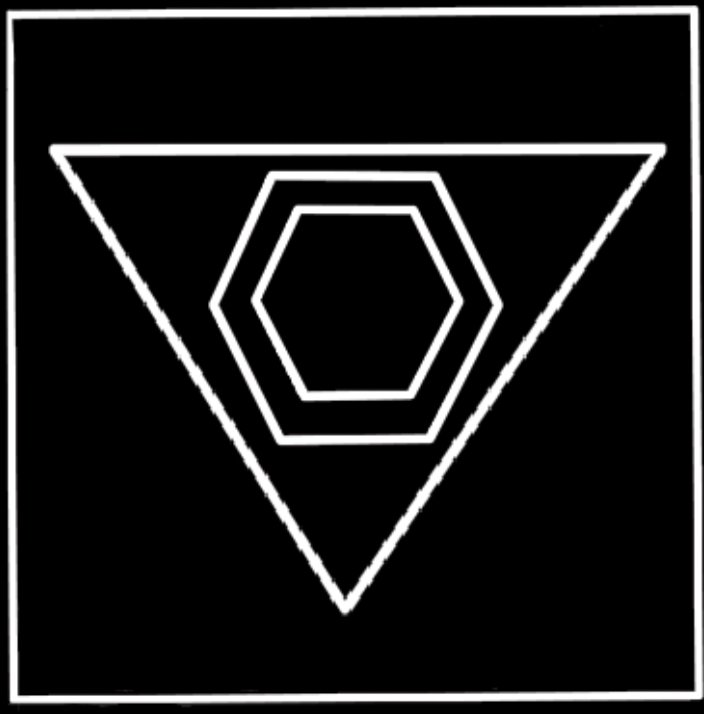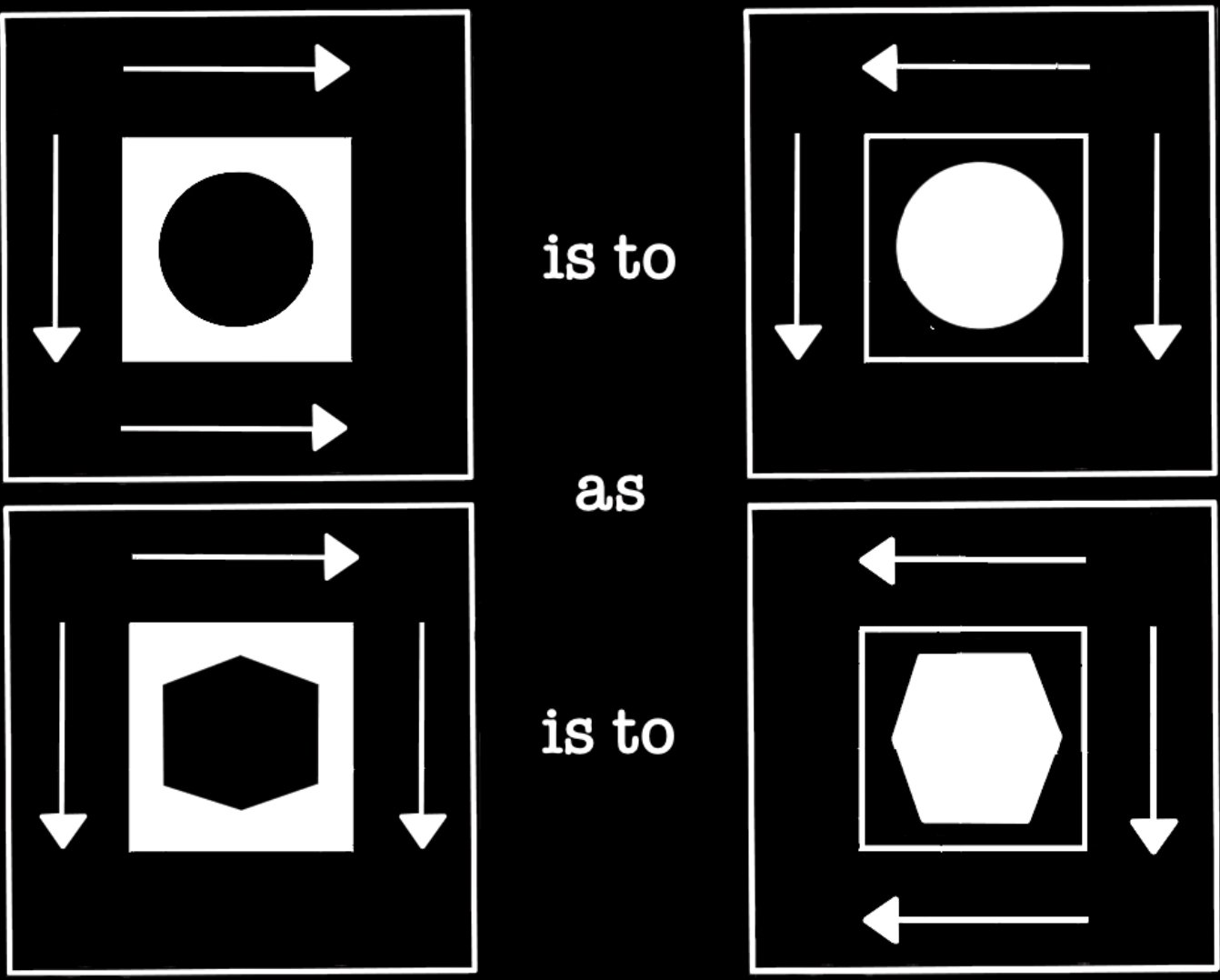Abstract Reasoning
Key Terms:
Stem: Each question will show you a set of boxes in which you have to identify patterns between. These sets are known as the stem.
Distractors: These are shapes, present in the boxes, which are not relevant to the pattern. They are there to “distract” you.
Series: This is a progression of 4 shapes, which differ from each successive member by a rule/function. This is the same as a sequence in maths (Sequence: 2,4,6,8, Function: +2).
Function: This is a rule or set of rules which can be applied to a box to produce the next box in a series.
Statement: Some questions will provide you with a statement where you have to identify the rule that links two boxes. You must then apply this rule to another box to complete the statement.
This section is incredibly tight on time, 50 questions in 12 minutes; 14 seconds per question! Therefore, our key point is to be ruthless with guess, flag, and skipping. You cannot afford to spend minutes on one question, as this will loose many marks down the line. Guess, flag, skip, and if you have time to return to it with a fresh pair of eyes, you will more likely find the pattern. At The Top Medic, we might guess, flag, and skip up to 15 questions on the first run through. There are 4 question types in this section:
Describe whether a shape belongs to Set A, Set B or Neither: You have to identify the rules which apply to all of the boxes in Set A, the rules which apply to all boxes in Set B and then, you are given five boxes in which you have to decide if they fit into either set.
Decide which shape belongs to a particular shape set: Similar to that above, however, instead of sorting shapes into Set A, B or Neither, you are given four shapes and you must decide which belongs in Set A, (and then in a subsequent question, which belongs in Set B). Once again there are five questions per stem.
Select the next shape in a series/sequence: You are given a sequence of four boxes and must determine the rules of the sequence. You then select the next box in the sequence out of four answer options. This is a stand-alone question.
Complete a statement by determining the function which links two boxes. You are given two boxes which are linked by a specific function. You must work out this function, and apply it to a different box to find the correct answer out of a set of four. This is a stand-alone question.
We will discuss each of these question types in turn, but first, all of these questions involve identifying patterns between boxes. In general, there are two key types of patterns:
Properties of Individual Objects
Relationships Between Objects
Properties of Individual Objects
These include:
Number of sides/vertices (e.g. odd vs even, prime, total sides = X).
Size of shapes (e.g. the more sides, the bigger the shape).
Lines of symmetry of shapes (e.g. all shapes have two lines of symmetry).
Colour/shading of shapes. Shapes can either be black, white, grey, stripped, or dotted (e.g. all shapes are black).
Curved sides vs no curved sides (e.g. all shapes are curved).
Direction of arrows (e.g. always pointing to a shape).
Angle in shapes/when two lines meet (e.g. all angles are obtuse).
Relationships Between Objects
These include
Position of shapes relative to a property of the shape (e.g. more sides = higher up).
Position of shapes relative to each other (e.g. bigger/grey shapes are always above smaller/white shape).
Direction of lines of symmetry in the box (e.g. two lines of symmetry in each box).
Direction of arrows pointing at specific shapes (e.g. arrow always points at circle).
Conditional relationships (e.g. if there is a circle, a black square will be present).
Above is a list of the possible patterns you may need to identify. It’s important that you focus on both the individual shapes/their properties SSSCCAA (sides, size, symmetry, colour, curved, arrows, angle), and also the relationships between objects PPDDC (position relative to a property, position relative to each other, direction of lines of symmetry, direction of arrows, conditional relationships). You will now see some of these patterns in action as we discuss the question types.
Set A, Set B or Neither:
For these questions, you are given two sets which contains six boxes each. Each set has a list of rules which is applicable to all the boxes in the set. You must determine these rules from the boxes, and then sort five test shapes into Set A, Set B, or Neither. We recommend you spend up to 45 seconds determining the rule(s) of the sets. If you cannot find any, guess, flag, and skip. Often, however, one of the rules is obvious (e.g. in the example, its clear all boxes in Set A have three shapes bottom left. Therefore, if a test shape has three shapes bottom left, you know it’s Set A or Neither - 50/50). You can use this to make an educated guess, flag, and skip. It should then only take 5 seconds per test shape to sort them, keeping you within time constraints. Our top tips:
The rules for Set A are linked with the rules for Set B. (e.g if the rule of Set A is all shapes have three sides, the rule for Set B will also be about the number of sides.) Therefore, if you determine the rules for Set A, look for a similar type of rule in Set B.
Be careful of distractors (shapes which are there to distract you, and have no effect on the rules). Remember, every box in a set follows the universal rules of the set. So always start by looking at the two simplest boxes in the set as these will have the least/no distractors. Compare similarities and formulate rules. Then, test these rules against the other boxes in the set.
If you have found one rule quickly, look for more! Most questions will have multiple rules, therefore, if you have spent less than 20 seconds on a question, keep looking! This will ensure that you don’t miss a rule. If you can finish a set of questions under time, even better - this will give you more time for the stand-alone questions.
If a rule is broken, it is ‘Neither’. As each set usually has multiple rules, it only takes one of these rules to be broken for the test shape to belong to neither set. Be careful, because this often means neither is a common answer. This is particularly the case when one of the rules is obvious (like in the example), as many candidates will fall into the trap in thinking there is only one rule.
Ensure you don’t get the rules mixed up: You may want to make some very quick jottings on the whiteboard, as when there are multiple rules, its easy to confuse yourself with which rule applies to which set.
Practice! The more practice questions you do, the more familiar you will get at spotting patterns.
Look out for all the patterns mentioned above. This question type often include relative positioning, shading, and number of sides.
3.
A. Set A
B. Set B
C. Neither
A.
B.
C.
D.
C.
D.
A.
B.
A. Set A
B. Set B
C. Neither
1.
A. Set A
B. Set B
C. Neither
2.
The example above is an extremely hard one, and we would be shocked if you identified all 4 rules. It is likely you will only get one stem this difficult in the actual UCAT exam; we are using it as a way to demonstrate their common tricks. However, if you managed to identify 1 or 2 rules, you will still have answered some of the questions correctly.
Set A: 1. There are three shapes in the bottom left corner 2. If a shape with less sides is directly below a shape with more sides, it is shaded white. 3. The number of lines is equal to the number of sides of the top shape in the stack 4. The lines are curved if the top shape has straight sides only. The lines are straight if the top shape has a curved side.
Set B: 1. There are three shapes in the bottom right corner 2. If a shape with less sides is directly below a shape with more sides, it is shaded white. 3. The number of lines is equal to the number of sides of the top shape in the stack 4. The lines are curved if the top shape has a curved side. The lines are straight if the top shape has straight sides only.
If you are questioning how on earth anyone would work out these rules, don’t worry, we did too when we started! However, the way we worked it out: firstly, we noticed four of the boxes in Set A had curly lines and only two had straight. Therefore, we cross compared these boxes for differences and found the only difference was the nature of the top shape (if it was curved or not). In general, wiggly lines are linked with curved sides - so practice definitely helped us find this. We then applied the opposite rule to Set B and found that this was true. We have discovered rule 4. Then, we compared the top left and bottom right box of Set A (as these are the simplest) and found the number of lines matched the number of sides of the top shape. When testing this against the other boxes of Set A, we found this was always true, and thus another universal rule of the set. Finally, we noticed that the shading had an irregular pattern. Therefore, we compared the box in Set A with the two shapes shaded white (box 4), with the top left one (box 1). This is when we found rule 2: a shape with less sides below a shape with more sides is shaded. Note: in this example, there were no distractors - all of the shapes were involved in the rules. Answering questions like this becomes a lot easier when you have done thousands of abstract reasoning questions - all of these rules are rather common. Practice is key!
1. C. Neither. This is because, although the 3 shapes are on the right side (therefore, we know it must be Set B or neither), there is a unshaded square below a pentagon, which has more sides. This breaks rule 2, and thus the box belongs in neither set.
2. C. Neither. This is because, although the 3 shapes are on the left side (therefore, we know it must be Set A or neither), the top shape is a triangle which has three straight sides. In order to fit in Set A, there must be 3 curved lines (rule 3). As there is only 1, this fits into neither set.
3. A. Set A. This fits all the rules of Set A: three shapes on the left side; the semicircle has less sides than the triangle it is directly under, so it is shaded white; the number of sides of the top shape is equal to the number of lines; and as the top shape has straight sides only, the lines are curved.
Which Shape Belongs to Set A/B?
This is very similar to the question type above, however, instead of sorting test shapes, you are selecting the correct test shape from a list of four. This means, only one of the four answer options you are given will fit into the set they request; the other three will break one or more of the universal set rules. Once again, there are five questions per stem, and all our advice above applies here.
1. Which of the following test shapes belongs to Set A?
2. Which of the following test shapes belongs to Set A?
A.
B.
3. Which of the following test shapes belongs to Set B?
C.
D.
In this example there is one rule for each Set:
Set A: The number of vertices on the staggered line equals the number of additional straight lines.
Set B: The number of vertices is one more than the number of additional straight lines.
1. C. This is because there are 5 vertices and 5 additional lines, therefore, it follows the rules of Set A. The other three boxes have one too many or one too few additional lines.
2. B. There are 6 vertices and 6 additional lines, therefore, it is the only box out of the four options which fits the rule of Set A.
3. B. There are 5 vertices and 4 additional lines, which is the only option which fits the rules of Set B.
Next Shape in a Series
These questions are stand-alone questions which display a series of four boxes. Each box differs from the next by a function. A function is a rule or set of rules which, when applied to a box in the sequence, will produce the next box in the sequence (e.g for the sequence 2,4,6,8, the function is add 2. Therefore, the next number in the sequence is 8 + 2 = 10). Your aim for these questions is to determine the function, apply it to the last box, and use this to select the correct option out of four possible answers. Our tips for this question type:
This is a stand-alone question, so you should spend no longer than 15 seconds attempting to determine the function, otherwise guess, flag, and skip. There will be a maximum of four of these in your UCAT, and we often aim to answer two.
Although all of the pattern types can come up, these questions generally involve: numbers (number of sides, number of shapes, prime numbers etc.), symmetry, and rotation.
Practice! Once again, the best way to ace these questions is to have seen the pattern before. The more practice you get, the more familiar you will be with the potential patterns, and the faster you can solve these problems.
1. Which figure completes the series?
C.
D.
A.
B.
In the example above, the function of the sequence is the number of lines of symmetry. The first box has one line of symmetry, the second has two, three for the third, and four lines of symmetry for the fourth box. Therefore, the next box in the sequence must have five lines of symmetry, hence Option A, a regular pentagon, is the correct answer.
Completing the Statement
This is a very similar question type to completing the series, and it too is a stand-alone question with one possible answer among four options. In this question, you are given a statement where you have to ascertain the function which maps box one onto box two. You then must apply this function to the third box to identify the correct answer. Once again, you should spend 15 seconds determining the function and then select an answer (or a best guess). Any longer, and you are limiting your future marks! These questions often involve reflections, rotations and moving shapes.
1. Which figure completes the statement?
A.
B.
C.
D.
In this example, the function that maps the first box onto the second is: the outside shape moves to the centre, and the box is rotated 180˚. Therefore, the correct option will have an upside-down triangle containing two smaller hexagons: Option D. Note: it is not option B as the centre has only been rotated by 90˚ and not 180˚.
Exam Style Question I
1.
A. Set A
B. Set B
C. Neither
2.
A. Set A
B. Set B
C. Neither
3.
A. Set A
B. Set B
C. Neither
4.
A. Set A
B. Set B
C. Neither
5.
A. Set A
B. Set B
C. Neither
Exam Style Question II
1. Which figure completes the statement?
A.
B.
C.
D.
Exam Style Question III
1. Which figure completes the series?
A.
B.
C.
D.
Answers
Exam Style Question I
The rules for Set A and Set B were very difficult to spot, so do not be disheartened if you didn’t find them. For both sets, there is always a shape in the top left corner and small circles in the bottom right. The circles are always symmetrical about the diagonal from top left to bottom right when ignoring the colour. Black circles are distractors.
In Set A: The number of white circles is one more than the number of sides of the shape in the top left corner.
In Set B: The number of white circles is two more than the number of sides of the shape in the top left corner
Once you have identified these rules, categorising the test shapes becomes extremely easy.
1. B. Set B. The small circles in the bottom right corner are symmetrical about the diagonal and the shape, top left, is white. There are two more white circles than the number of sides of the triangle (3+2=5), therefore, it belongs in Set B.
2. C. Neither. This has five white circles but a hexagon has 6 sides. Therefore, it fits in neither Set A or Set B.
3. A. Set A. This has a white shape in the top left and the circles in the bottom right corner are symmetrical about the diagonal. It has two white circles in the bottom right, one more than the number of sides of the ellipse. Therefore, it is Set A.
4. C. Neither. The shape in the top left corner is black and the circles in the bottom right are not symmetrical about the diagonal. It breaks the rules and so belongs in neither.
5. C. Neither. The circles in the bottom right are not symmetrical about the diagonal. Even though there are 5 white circles and 4 sides to the rectangle (and thus would fit the pattern of Set A), as it breaks the a rule, it belongs in neither.
Answers
Exam Style Question II
1. The function of change from the first box to the second is to rotate 90˚ clockwise, and then reverse the colour of the central shapes (black -> white and white -> black). This means, the statement is completed with Option B. In the exam, when you notice this, tick B and move on. However, to explain why it isn’t A, C or D:
A. The colour of the shapes in the centre has not been reversed, and the top arrow is pointing in the wrong direction.
C. The shapes in the centre have not been rotated by 90˚, and the bottom arrow is pointing in the wrong direction.
D. The shapes in the centre have not been rotated by 90˚, and the bottom and right arrow is pointing in the wrong direction.
Answers
Exam Style Question III
The function of the series is to increase the number of circles by n + 1 each time (e.g from box one to box two + 1 white circle, from box two to box three + 2, from box three to box four + 3), and the line of symmetry switches between the two diagonals (drawn in red). The boxes alternate between a black circle in the top left corner and bottom left corner.
B. is the correct answer. To complete the sequence we need a box with 4 more circles than box four, (7 + 4 =) 11 circles and a diagonal line of symmetry from top left to bottom right, box B.
A. Although this is symmetrical about the diagonal, it only has 9 circles in total, not the 11 required.
C. Although it has 11 circles, it is not symmetrical about the diagonal.
D. Although it has 11 circles, it is symmetrical about the wrong diagonal (as it alternates each time) and the black circle is in the wrong corner.



